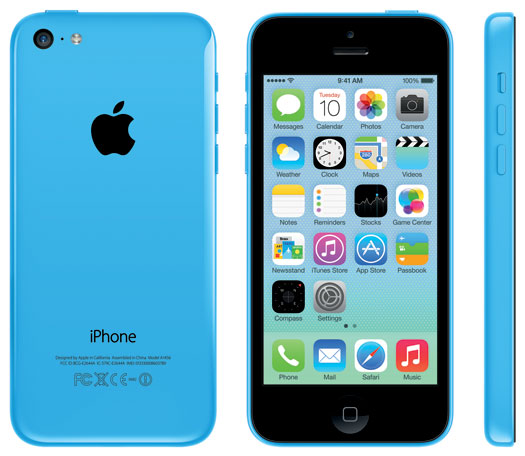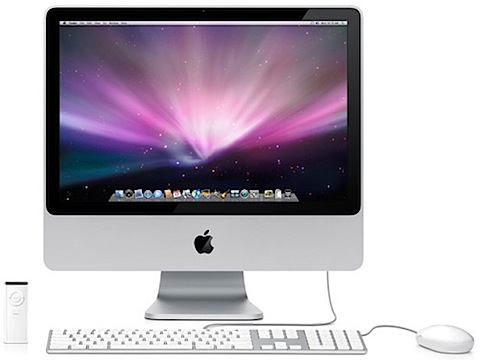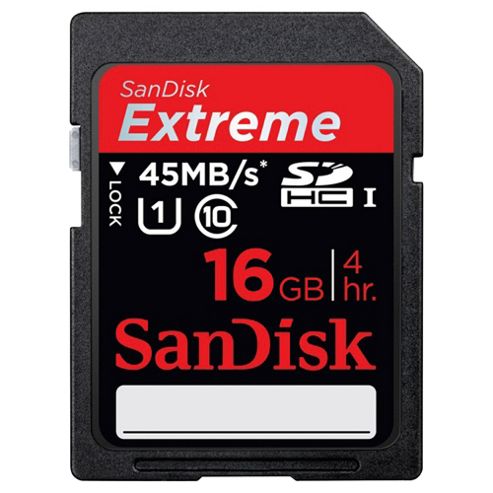In what ways does your media product use, develop or
challenge forms and conventions of real media products?
Whilst creating my digipak, advert and music video, I have looked to existing products for inspiration and have chosen to emulate a variety of professional techniques, to make my products appear professional and realistic.
Digipak -
Whilst designing my digipak, I emulated specific conventions,
which I discovered from my research into existing products.
Whilst designing my
front cover, i was heavily influenced by The Arctic Monkeys CD cover from the
single 'When The Sun Goes Down.' This particular front cover caught my eye
because of its simplicity and ability to intrigue the audience. I wanted my digipak front cover to have the same effect on the audience and so decided to use a number of the conventions which feature on this particular cover. I opted to use a
black and white, urban, grungy image as
i felt that it suited both my chosen song and the overall image of my band. I then used another convention from the Arctic Monkeys cover. To me, the text positioning and overall appearance was very interesting, and suited the urban image, therefore, i opted to use this convention on my front cover. I opted to place my bands name and the album title in white boxes and positioned them in the top left corner of the page. However, here, i chose to challenge this particular convention by using a larger, bolder font, and by using a box without rounded corners. I also decided to add an image to my bands logo, to challenge this particular layout. By adding a memorable, simplistic image, in this case, a feather, i was hoping to fill unnecessary space, which was a feature i disliked about the original front cover.
 |
| Arctic Monkeys 'When The Sun Goes Down' front cover |
 |
| My version of the 'When The Sun Goes Down' front cover |
The second panel of my digipak features the band logo and
the names of the band members, as well as their roles. Here, i opted to use the conventions which feature on the Beady Eye digipak 'The Roller.' The panel which featured on this digipak portrayed the band logo at the top of the page, with the band members and their roles below. I opted to use these techniques to give the audience a clear insight into who the band members are and what roles they play in the band, to create a familiar relationship between the audience and the band.
 |
| 'The Roller' by Beady Eye features conventions which i chose to use whilst designing the second page of my digipak. |
 |
| Disc which features in the Arctic Monkeys 'When The Sun Goes Down' digipak |
 |
| Disc which features in my digipak. Here, i have used and challenged the conventions used on the Arctic Monkeys 'When The Sun Goes Down' disc. |
The fourth panel of my digipak features an image of all four band members. Although I didn't emulate this panel from an existing digipak, i did in fact emulate the style from a variety of images of indie rock band photography. I wanted to include an image of the entire band to clearly show the audience who the band are (in order to introduce each member) and to match the names which feature on panel two.
 |
| Image of indie rock band The Arctic Monkeys. |
 |
| Image of my band The Rituals. |
Whilst designing my fifth digipak panel I emulated the style of another Arctic Monkeys digipak idea, however this time, I drew my inspiration from an image used on the album “whatever people say i am, that's what i'm not”. The image is of a man smoking a cigarette and is edited in black and white. Here, I emulated and challenged this particular technique. I emulated this convention by placing my model in a similar environment, and dressed him in a similar piece of clothing, in this case, a white t-shirt. The bands lead singer, is also smoking a cigarette and the image is also edited in black and white. However, I then decided to challenge the conventions used on the original panel and therefore created an image of the lead singer looking away from the camera, rather than straight down the lens to highlight the singers confidence, arrogance and charismatic personality, all positive connotations to portray whilst promoting a band and its new album .
 |
| Image taken from The Arctic Monkeys album cover 'Whatever People Say I Am That's What I'm Not' |
 |
| Image of lead Singer Dean Welch, pictured smoking a cigarette |
The sixth panel or back cover of my digipak features a
variety of emulated conventions. The back cover features a variety of
techniques, taken from existing indie rock back album covers. Once again, I
have emulated a number of conventions from The Arctic Monkey’s ‘When The Sun
Goes Down’ digipak. The use of black and white is clear to see, as is the use
of an urban image, all of which are conventions taken from previously analysed
digipak panels. Features such as the use
of the record label and further information has been positioned at the foot of
the page, to allow the image and other, more important text to stand out.
However, I have also opted to challenge the conventions of the existing digipak
panel, by positioning the track list in a different style. On my panel, I have
opted to place the names of each song in a clear, line, to add simplicity to
the back panel, and allow the image to stand out, rather than having the track
list in a somewhat jumbled style.
 |
| Back panel of 'When The Sun Goes Down' by The Arctic Monkeys |
 |
| The back panel,which features conventions from 'When The Sun Goes Down' by The Arctic Monkeys. |
Advertising Poster -
Whilst designing my advertising poster, I analysed a variety of existing indie rock posters which i had discovered during my research and planning. By analysing these posters, I discovered a number of conventions which i felt suited both my band, the genre of music and the digipak.
I began by analysing a variety of Oasis poster's. These particular posters caught my eye due to their simplicity and their ability to highlight the album or single which the poster was promoting. When designing my advertising poster, I opted to emulate the overall style of these used by Oasis, and placed my bands logo at the very top of the page, and enlarged the image to make it extremely noticeable. I then opted to place my album front cover in the very centre of the page, and once again, enlarged the image to make it stand out. I then opted to place the title of the album above the image and once again used a crisp white font on a black background, to match the aesthetics used on the digipak
Although the majority of techniques used on my advertising poster are emulated from existing Oasis posters, i did in fact look elsewhere for ideas. I began searching through my research once again, and discovered a particular Miles Kane poster which i thought contained techniques which would complete my advertising poster. At this point, i was concentrating on the bottom of the page, and opted to emulate the techniques used on this particular poster. The Kane poster featured the release date, the bands website and quotes or ratings from indie rock music magazines. I opted to emulate all three of these techniques, to add extra information and to combine the techniques used on two extremely professional posters together.
 |
| Miles Kane Advertising Poster. |


















